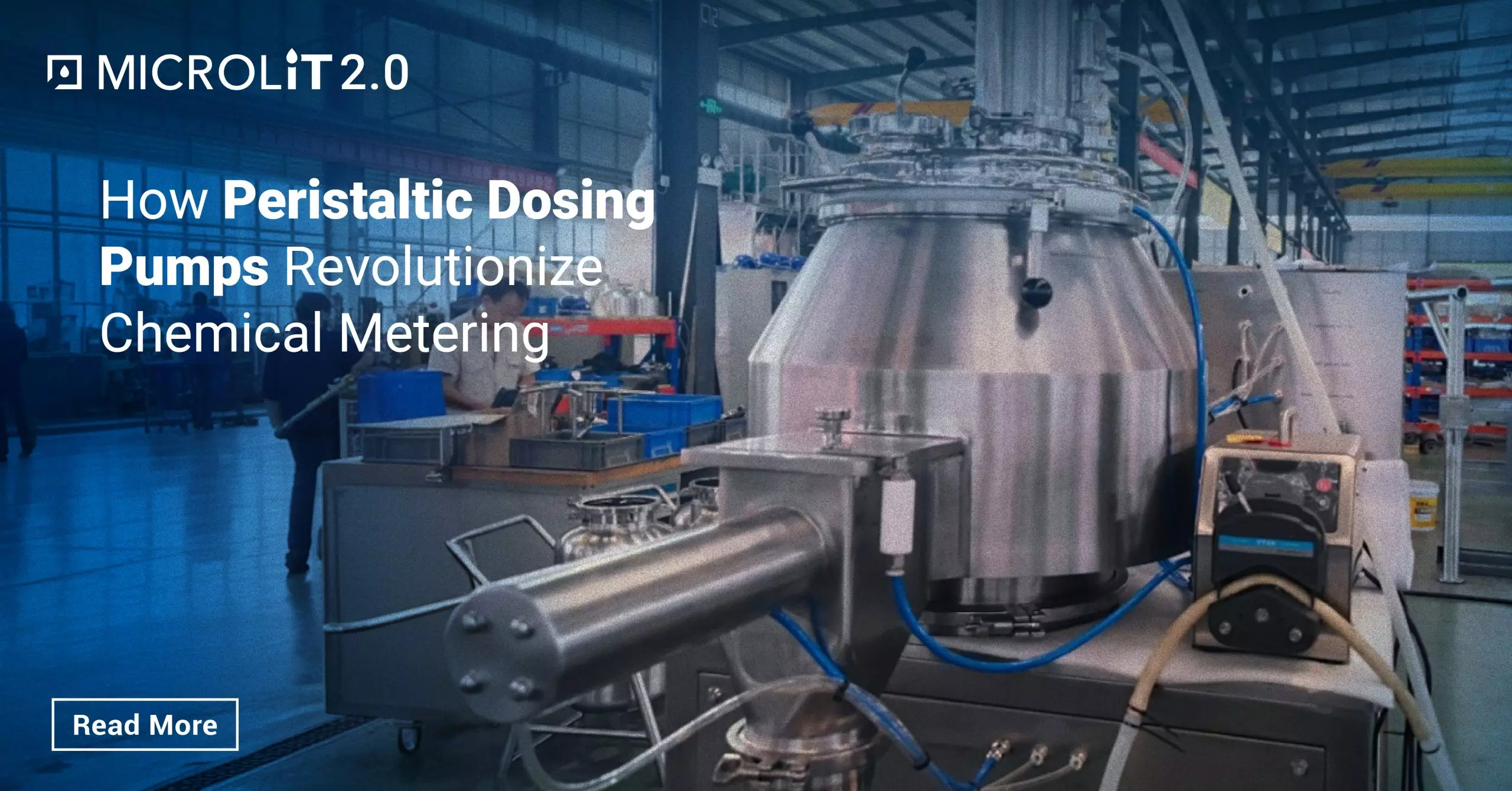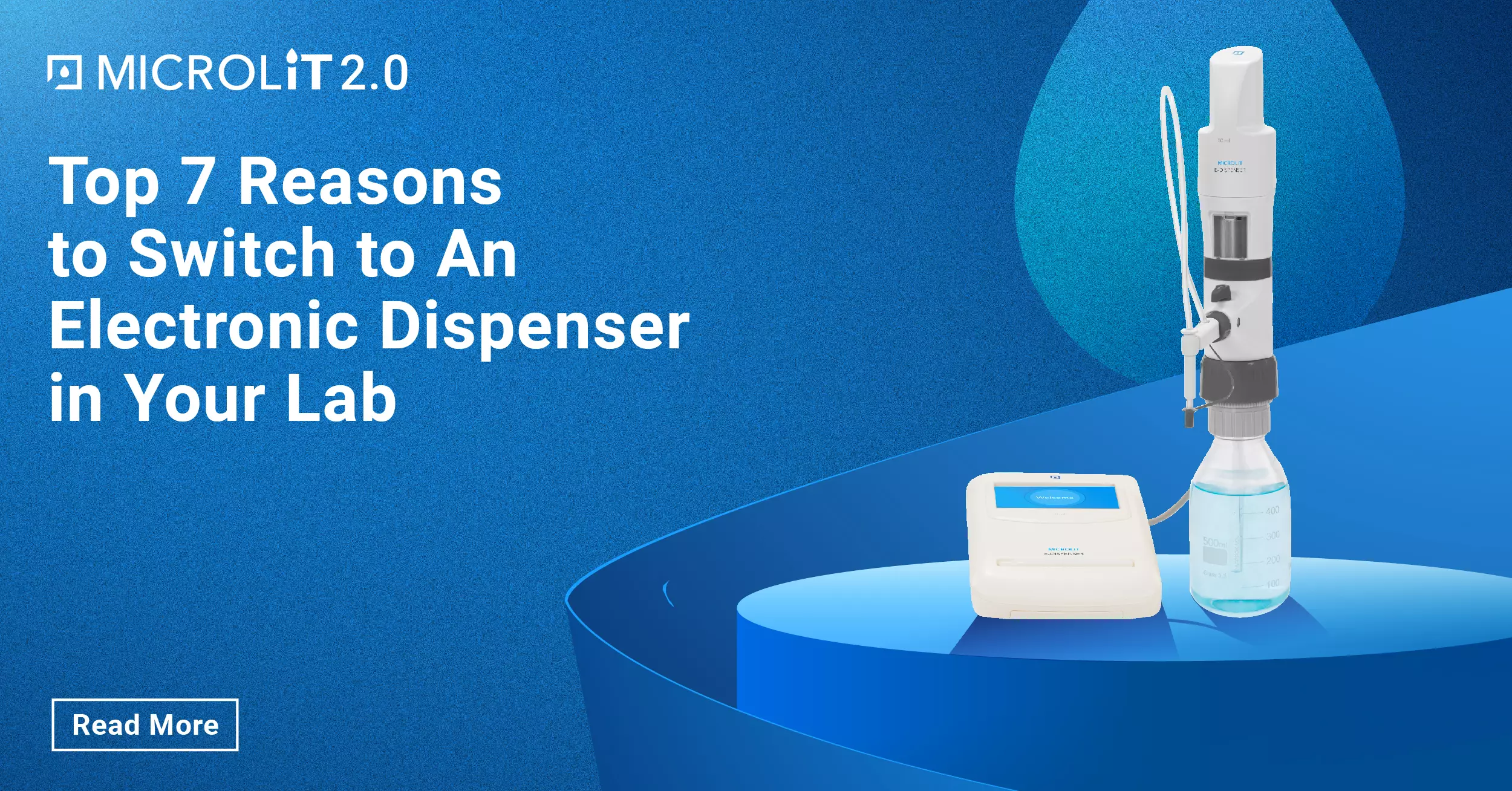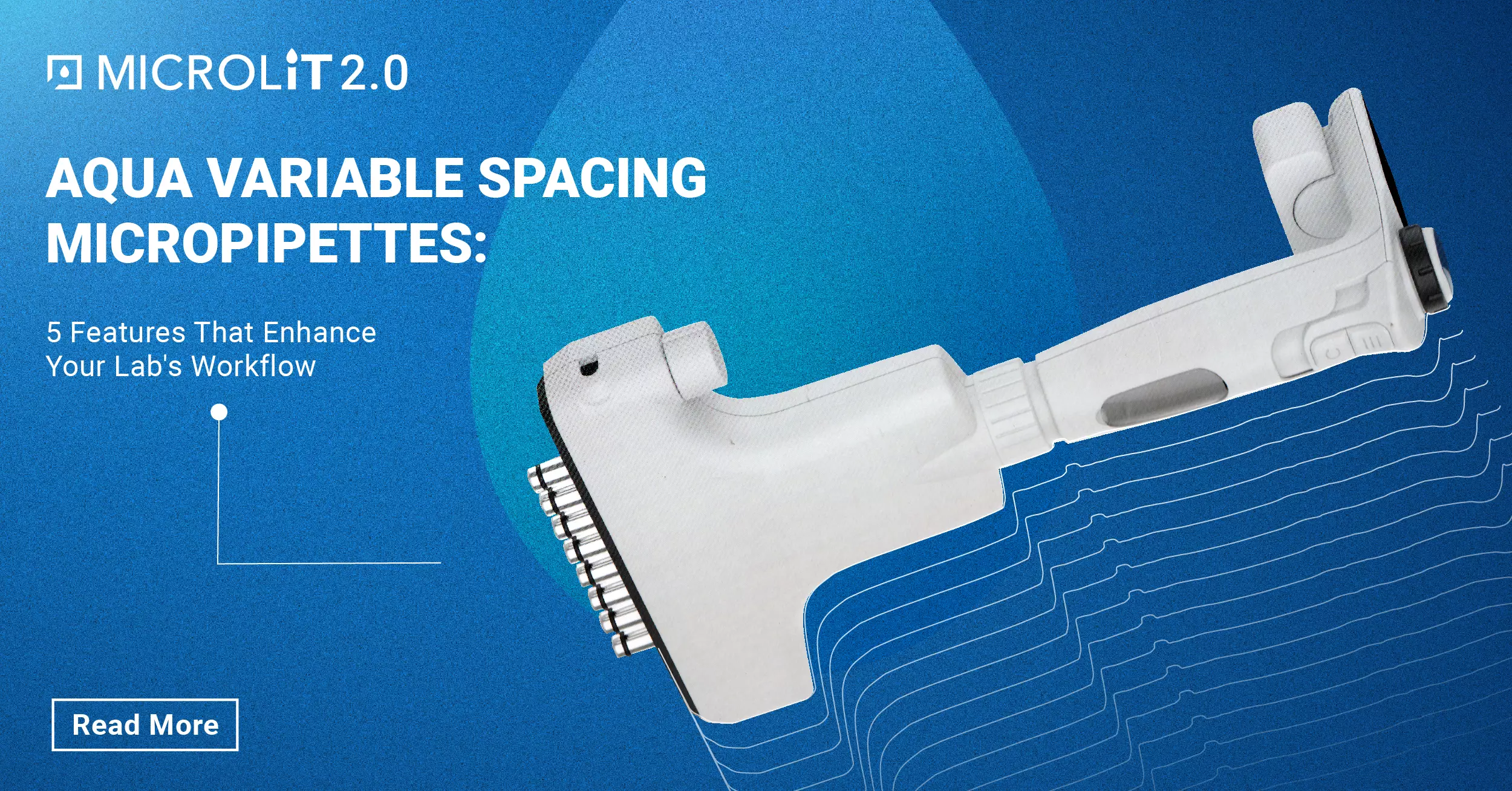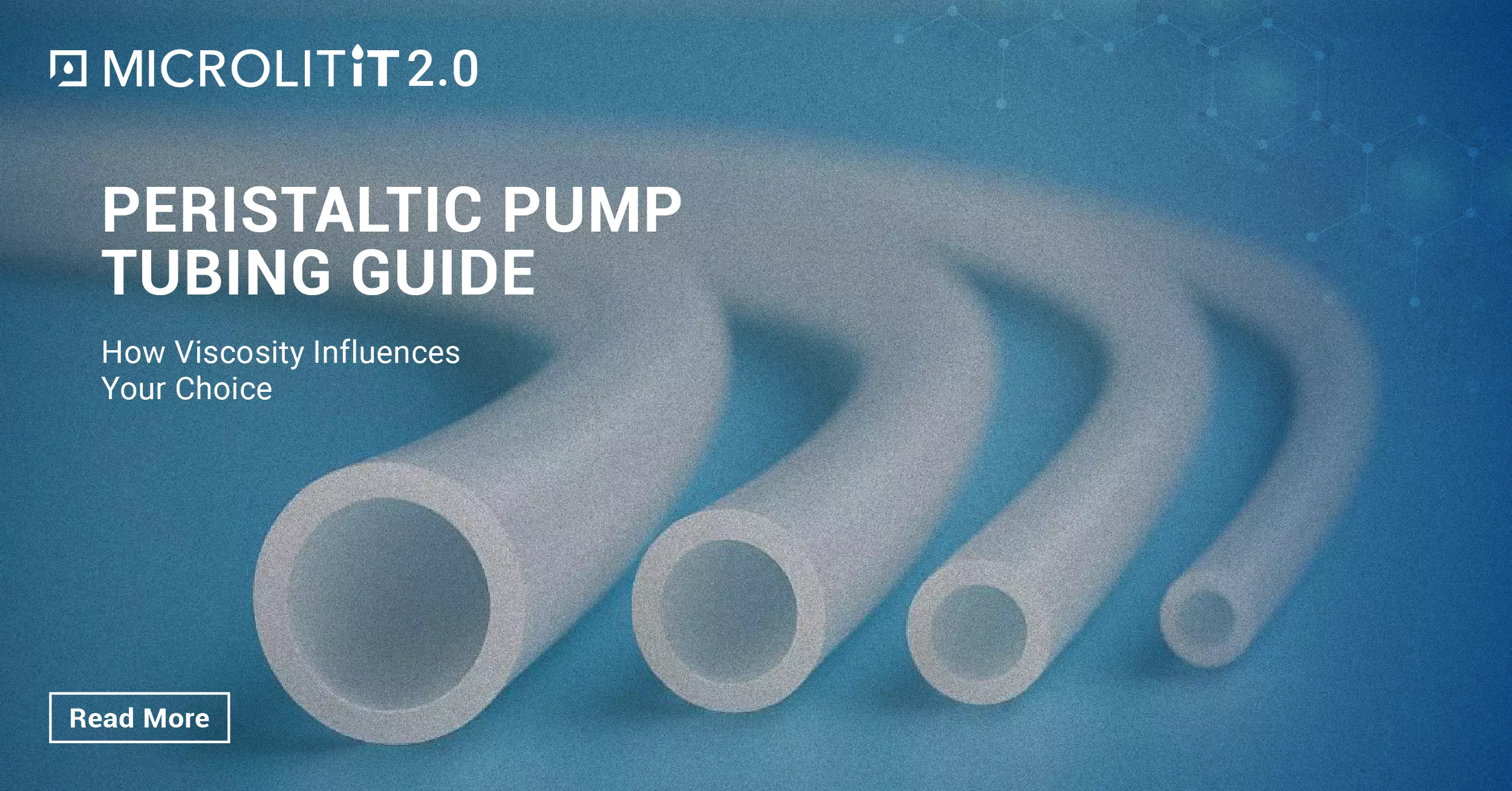The Central Ground Water Board, India: Supervising Groundwater Management & Conservation
- February 4, 2021
- ENQUIRE NOW
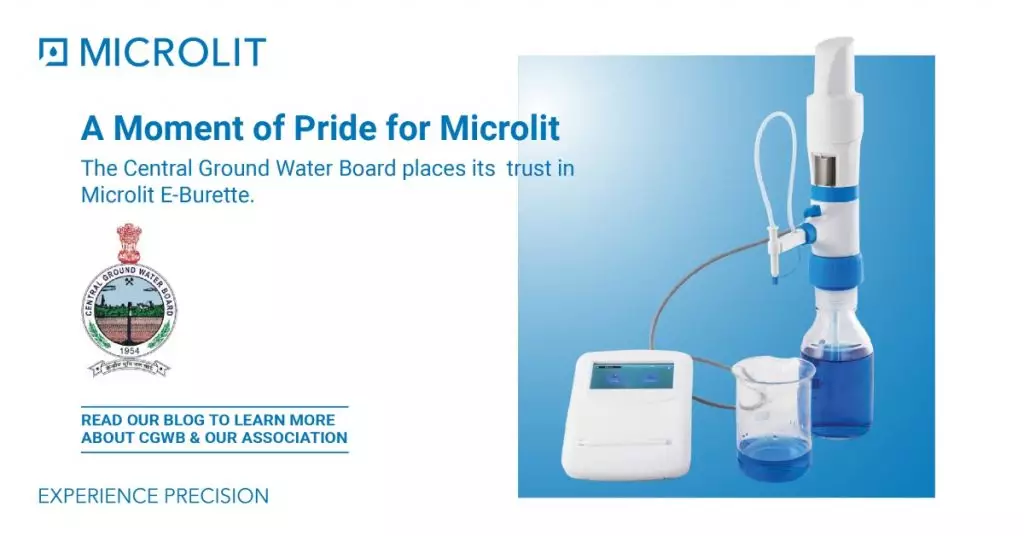
The Central Ground Water Board (CGWB), established in the year 1970, is a national pinnacle organisation responsible for carrying out scientific surveys, exploration, development monitoring, management and regulation of the country’s vast groundwater resources for irrigation, drinking, domestic as well as industrial needs.
Why was the CGWB established?
The idea behind establishing the CGWB was to develop and disseminate technologies and to monitor and implement national policies for the scientific and sustainable development & management of India’s groundwater resources. This includes their exploration, assessment, conservation, augmentation, protection from pollution and distribution, based on the principles of economic and ecological efficiency and equity.
What is the role of the CGWB?
The CGWB is a multidisciplinary scientific organisation comprising hydrogeologists, geophysicists, chemists, hydrologists, hydrometeorologists and engineers. Its primary role involves macro/micro-level groundwater management studies, along with an exploratory drilling programme & monitoring of groundwater levels and water quality through a network of groundwater observation wells.
The CGWB also takes up special studies on various aspects of the groundwater sector such as groundwater depletion, seawater ingress, groundwater contamination, conjunctive use of surface & groundwater, water balance, etc.
Water Testing & Its Importance
Water testing refers to using several techniques to ensure that the quality of the water sample being tested matches the required levels of usability for a particular use case/application.
Commonly conducted procedures of water testing include temperature testing, chloride testing, salinity test, and dissolved oxygen test. The procedures are used to analyze water on different parameters like environmental water quality, water waste, raw water, finished water and industrial use.
Various instruments are used to carry out water quality testing, such as the pH meter, conductivity meter, dissolved oxygen kit, digital pipette. One of the most important and turning points in the process of water quality testing is E-Burettes. These advanced instruments have introduced the field of water testing to a whole new level of precision and accuracy with convenience. E-Burettes further remove virtually any scope of a manual error and ensure complete safety.
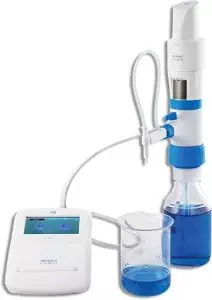
The impeccable performance of Microlit E-Burette has been recognised and appreciated by several branches of the Central Ground Water Board located in Gujarat, Karnataka, West Bengal, Punjab, and more.
Its performance can be accredited to the perfect blend of functionality and design. Microlit E-Burette has several sophisticated and state-of-the-art features like motor controlled piston movement, a touch screen enabled control panel with graphical user interface (GUI), and 3 calibrated preset speeds to perform highly accurate titrations. Designed by some of the finest minds at Microlit, the E-Burette surpasses glass burettes and even digital burettes by miles.
How is Microlit E-Burette helping the CGWB?
The CGWB uses Microlit E-Burette to assess the hardness, alkalinity, chloride levels, and calcium content in groundwater. It becomes essential to test these levels to ensure that they remain within the acceptable brackets for further usage. Increased levels can cause problems to humans, flora & fauna and multiple other areas of application.
- Scientists say that the amount of calcium (Ca) and magnesium (Mg) dissolved in water determines its hardness. Hard water, when used in combination with soaps or detergents, may leave a sticky residue on the surface of utensils and sometimes your body.
- Alkalinity is a measure of the acidity neutralizing ability of water. The soil and rock from which it passes determine the alkalinity of natural water. Natural alkalinity is mainly caused by rocks that contain carbonate, bicarbonate, and hydroxide.
- Chloride is a natural element common in natural water. High chloride levels can corrode metals and influence the taste of food.
The CGWB’s Switch to E-Burettes from Glass Burettes
Before the use of E-Burettes, the CGWB was using glass burettes. Now a redundant technology, the results produced through glass burettes were taxing for the researchers and produced inconsistent results. E-Burette, on the other hand, is an advanced liquid handling instrument, with motor controlled piston that ensures precision and accuracy. It is user-friendly and reduces the chance of human error due to the automation of several steps involved in a typical titration.
Praise for Microlit E-Burette
The scientists & researchers at PAN India locations of the CGWB are delighted with the ergonomics, convenience and remarkable performance of Microlit E-Burette.
- “Microlit E-Burette is extremely user friendly. Its precision and accuracy are great!” – CGWB Bangalore
- “Microlit E-Burette is extremely compatible, accurate and very satisfactory!” – CGWB Chandigarh
- “Microlit E-Burette offers a great user experience.” – CGWB Jaipur
- “Microlit E-Burette has satisfactorily met our needs. It’s a good product!” – CGWB Ahmedabad, Kolkata & Bhubaneswar


